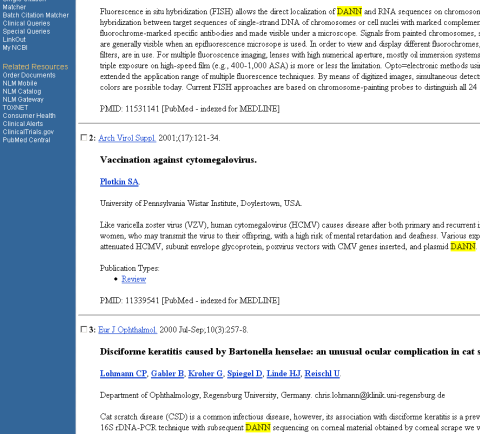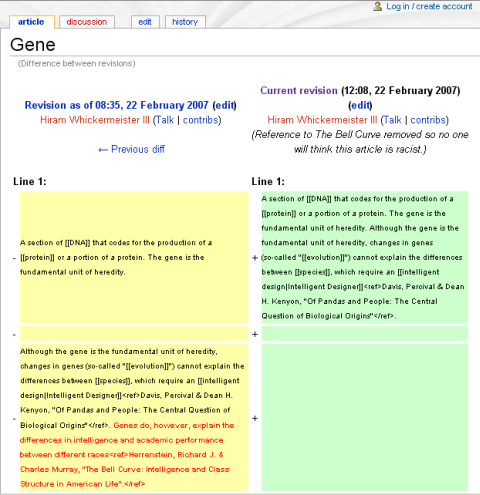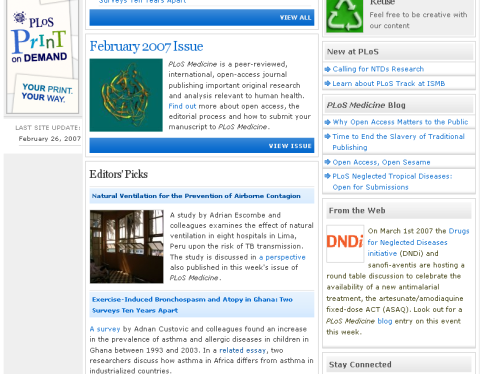Can you find the problem in the following abstract
…We report a case-control study of 6,106 individuals from the UK, Vietnam and several African countries with invasive pneumococcal disease, bacteremia, malaria and tuberculosis. We genotyped 33 SNPs, including rs8177374, which encodes a leucine substitution at Ser180 of Mal. We found that heterozygous carriage of this variant associated independently with all four infectious diseases in the different study populations. Combining the study groups, we found substantial support for a protective effect of S180L heterozygosity against these infectious diseases (N = 6,106; overall P = 9.6 times 10-8)…
The BMJ explained last year – why p-values (or relative risks alone) do not make so much sense
Unless ratio measures are reported with the underlying absolute risks, readers cannot judge the clinical significance of the effect. Consider the following example. Readers may be told that the relative risk of death with drug A compared with placebo is 0.5; in other words, people who take drug A are half as likely to die as people who take placebo. But without the underlying absolute risks—the chance of death in each group—the information is incomplete.1 A relative risk of 0.5, for example, is compatible with a wide range of changes in the risk of death: from 20% to 10%, from 1% to 0.5%, and from 0.0004% to 0.0002%.




